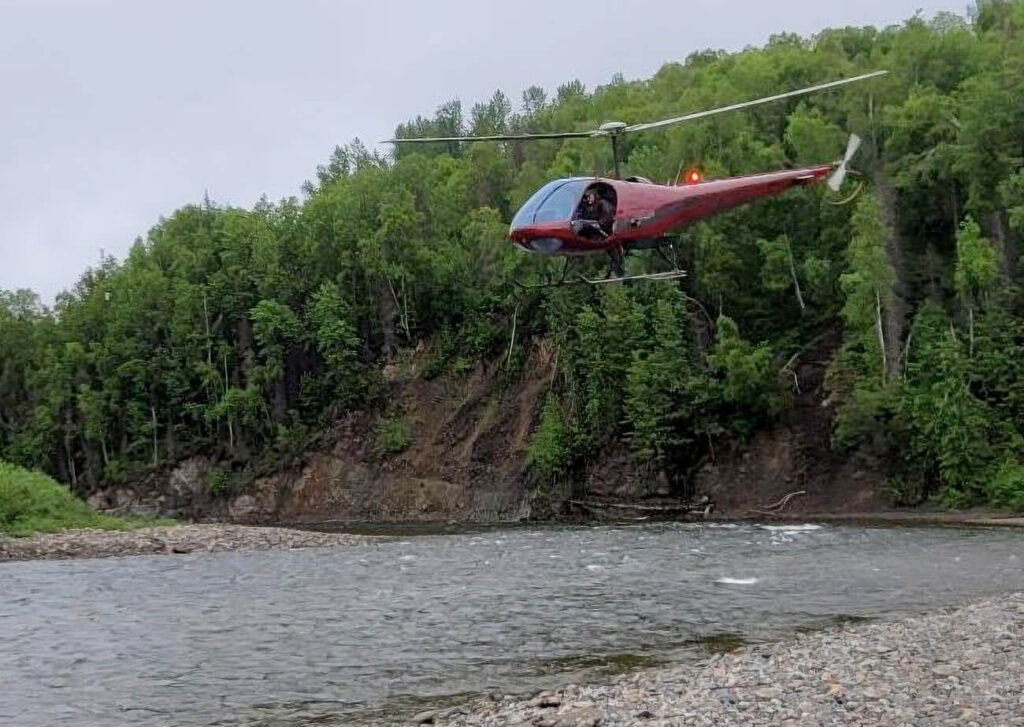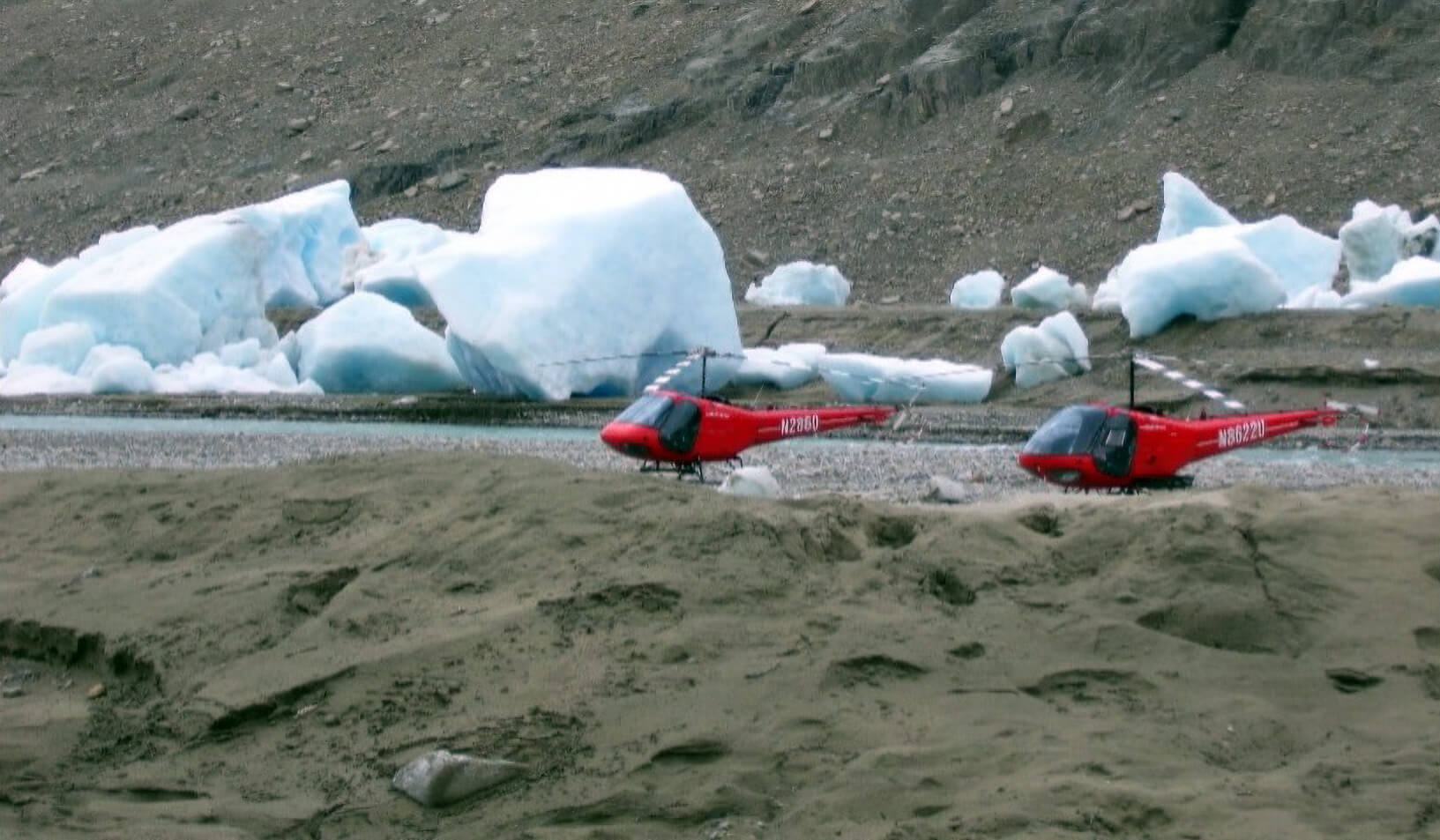North to Alaska: Rain, Sun, and Glaciers

This is the second installment in my “North to Alaska” series, see part one here. I’ve spent the better part of a year flying heli-fishermen up to the remote waters near Talaheim Lodge in Alaska.
These past few years, I’ve spent most of my summer in Alaska, only returning to the lower 48 for EAA AirVenture. This year’s forecast for Oshkosh appears to feature plenty of sun and 90° temperatures.
That’s a welcome break for me. Our summer up at the Lodge has been beset by clouds, fog, and rain. It’s looking a lot like last summer, where we went 42 days straight with at least some rain in the forecast. That rainfall has led to some massive mosquitos. However, even on days like the day I’m writing this, when we might see a six-hour weather delay, we’re still able to find a window to fly a few clients up to the river.
This week, I spent most of my time getting the lodge up and running. I kept busy fixing numerous plumbing leaks, unsuccessfully trying to repair the side-by-side 4-wheeler, and successfully repairing the tractor.

We have a lot more tools, equipment, and accommodations now than we did two and a half decades ago. I started to fly for the lodge in 1999, just after I had received my commercial and CFI ratings. When I joined Enstrom in 2001, it was with the understanding that I would be allowed to continue flying at the lodge. I saved up my vacation time to be able to spend three- to six-week stints in Alaska.
With me acting as a second pilot, Mark Miller, the founder of Talaheim Lodge, used his time building more cabins and hiring world-class chefs, housekeepers, handymen, and guides.
During that period of expansion, we started offering glacier tours of the Triumvirate Glacier, where three glaciers come together. It’s one of the five largest glaciers in Alaska, functioning as a sort of dam, filling the adjacent Strandline Lake. In recent years, warmer weather has allowed the lake to begin to drain into Beluga Lake.
About a decade ago, the melting and calving of the glacier raised the water level in Beluga Lake by nearly eight feet! Some of the cabins were flooded and the poor occupants had to spend their night in a boat.
We’ve since learned to take advantage of the changing landscape. Mark and I have begun landing in the dry lakebed amongst the icebergs. We even began to take a cooler and collect some of the ice. This ice is super dense, containing very little oxygen, which makes it great for cocktails as it melts incredibly slowly.
Despite the dreary and sometimes dangerous weather, I’m incredibly thankful for this opportunity up North. Even so, I’m more than looking forward to a bit of a warmup when I visit Oshkosh!
See you there.
Bayard duPont is the Senior Technical Fellow Product and Technical Representative at Enstrom Helicopter.
About Enstrom Helicopter
From Rudy Enstrom’s early designs in 1943 to initial testing in a Michigan Quarry in 1957 to aircraft operating on six continents, Enstrom Helicopter Corporation has maintained a reputation for safety, value and performance. Based in Menominee, Michigan and proudly made in the United States, Enstrom has a rich history for design innovation. The goal is to provide helicopters to the customer’s exact specification and deliver support and maintenance worldwide.